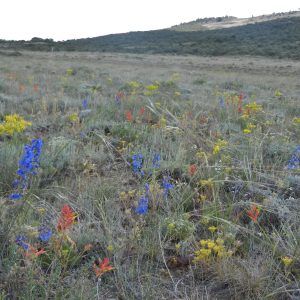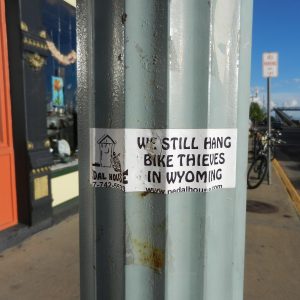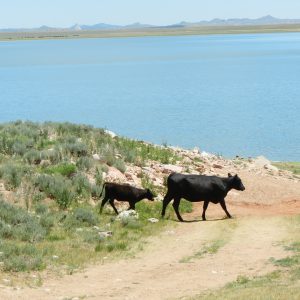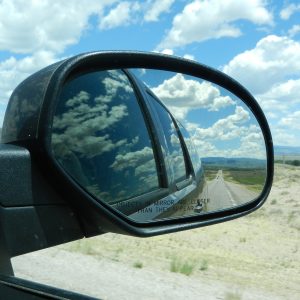The weather has been getting progressively hotter here in California’s Central Valley and Sierra foothills. The triple digit temperatures this week make it hard for me to believe that last week it rained and I was craving hot soup, while helping with a trash clean up day.
Julie and I have reached our Seeds of Success seed collection goal for this season, and we may collect a few more if there is a good opportunity. We have also wrapped up the first stage of our fuel break burn pile monitoring. We examined each of several hundred burn piles and noted dominant species and whether or not any of the Pine Hill Preserve rare plants have germinated. Although this was tedious, it gave me a lot of practice with seedling identification. Seedlings often look quite different than their mature counterparts and by looking at them over and over again I was able to deduce what many of them were. This ended up being significant because towards the end I realized that two types of seedlings that were fairly abundant were in fact rare plants!

Ceanothus roderickii seedling, a federally listed species, sprouting in a burn pile
One of them, Crocanthemum suffretescens, appeared by the hundreds in the charcoal of the burn piles. This species has been the focus of another project. It is recognized by the California Native Plant Society as rare, but is not even recognized as being a distinct species in the new Jepson manual. A new version of A Flora of North America is being written in which this plant is recognized, but El Dorado County has not been included the description. All of this raises some questions for us at Pine Hill Preserve. What plant do we have? Does it fit established keys? Is it rare? etc. We have taken samples from several locations, made measurements, taken photos, and compared them to the key in A Flora of North America. We are fairly certain we have suffretescens but there is enough variability to raise some doubt. It might seem like a small issue but there are practical ramifications. If a plant is listed as rare, it completely changes what can legally be done to its habitat, including development.

Measuring Crocanthemum suffretescens petals
In any case, rare or not, many plants have responded well to the fuel break construction and burning. My mentor, Graciela, often talks about implementing larger scale prescribed burns over entire parcels of the preserve. I couldn’t agree more when I look at the contrast between the mature chaparral and the fuel break. The chaparral appears overly dense, senescent, and loaded with fuel waiting to burn. A thick layer of manzanita leaves has inhibited the growth of other plants, including all of the rare plants. The fuel break and burn piles, on the other hand, are full of a high diversity of herbaceous forbs, grasses, and rare plants. However, looking the opposite direction to the other side of the wildland-urban interface, I see houses. These houses are upslope of what is essentially a huge tinderbox, especially during a year as dry as this one. As my own home burned down in a wildfire several years ago, I would understand any anxiety from these homeowners about a prescribed burn so close to them. Either way, ultimately the chaparral is highly adapted to fire and will most likely burn at some point. The controlled conditions of a prescribed burn are no doubt safer, and I hope Graciela is able to approve them.

The Pine Hill Preserve wildland urban interface
This week has been too hot for field work except in the early morning, so I have been working on projects inside. Hopefully the delta breeze will return and it will cool down soon!
Joe Broberg
Pine Hill Preserve
BLM Mother Lode Field Office
El Dorado Hills, CA


















